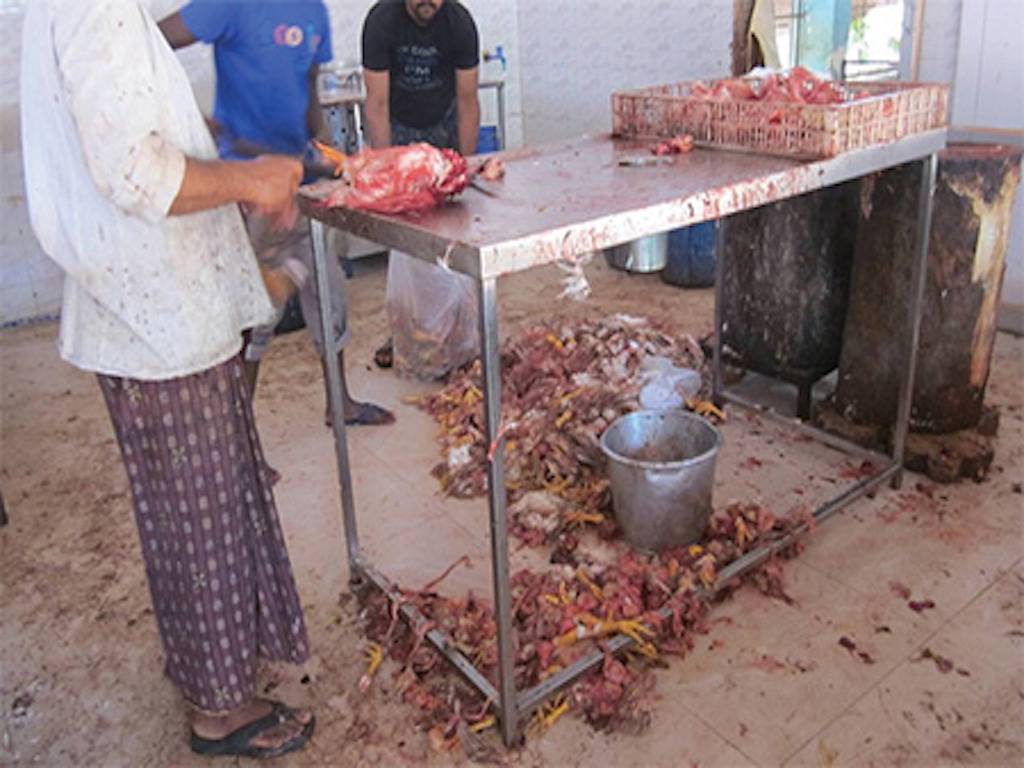
Following tapioca, chicken slaughter waste seems to be another viable option for producing alternative fuels.
After seven and a half years of research for his doctoral thesis, John Abraham, an associate professor at Kerala Veterinary and Animal Sciences University in Wayanad, has secured a patent for biodiesel generation from rendered chicken oil.
In order to scale up his discovery, he has begun manufacturing biodiesel from chicken slaughter waste in a prototype facility put up at the university's School of Bioenergy and Farm Waste Management.
According to him, the product was tested at BPCL's Kochi refinery to ensure it met BIS standards, and the fuel is quite inexpensive, with a production cost of approximately Rs 35.68 per litre.
He claimed that a veterinary college jeep had been running on the fuel for three months. In unmodified diesel engines, the product is currently blended at 50% with petro-diesel.
“We are now preparing to begin commercial production, and numerous firms, including HPCL, have expressed interest in partnering with us,” he said.
He claims that biodiesel made from chicken slaughter waste has a higher cetane value of 72 than petro-diesel, which enhances diesel engine performance. It also contains 11% oxygen by weight, which results in complete combustion and decreased engine emissions.
In Kerala, almost 5.3 lakh chickens are slaughtered every day, resulting in 350 tonnes of broiler slaughter waste. The garbage is frequently dumped in remote places or bodies of water, polluting ground and surface water.
To extract the oil, Abraham's method involves cooking the waste at a high temperature and pressure. According to him, 36% of the trash is transformed into animal and pet food, which contains 62% protein and 10% oil.
The production is already ongoing at the Brahmagiri Development Society's multi-species abattoir. According to Abraham, 86% of the oil may be transformed into biodiesel, and 14% of the oil can be converted into glycerin, which can be used to make soaps and cosmetics.
According to the standard mortality of the industrial average, an estimated 2.4 lakh tonnes of dead birds are available in India each year, which can be converted into 8,500 tonnes of biodiesel. This could also help with the problem of improper slaughter waste and dead bird disposal.
For his creation, Abraham was recently awarded the ‘Atal India Challenge' by Niti Ayog.












